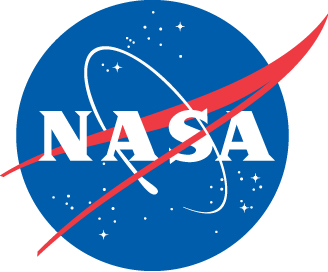Biodiversity
A Current Mass Extinction?

Aside from smaller, less insignificant extinctions, Earth has experienced five “mass extinctions” that have been identified and confirmed by many fossil records. When you hear the term mass extinction, you probably think of the dinosaurs and the giant asteroid that may have been responsible for their disappearance from Earth.
Extinction means that no more organisms of a certain species exist. The process of extinction can happen over a long period of time as an environment changes, and for various reasons the species lose their ability to reproduce.
A mass extinction is a large-scale event when many different plant and animal species become extinct. The last extinction occurred approximately 65.5 million years ago, but there have been at least five major mass extinctions when more than 50 percent of animal species disappeared. Think of 50 percent of today’s plant and animal species—half of the world’s biodiversity—disappearing. How do you think this will impact ecosystems? Some estimates of mass extinctions say that Earth has had as many as 20 mass extinctions. The difference in estimates comes from the criteria used to define extinctions.
Ecologists and paleontologists say that Earth is now experiencing another mass extinction. One-quarter of all mammals are endangered. But unlike some past extinctions this one is not caused by a single chance event such as an asteroid impact. This one seems to be caused by environmental changes, such as global climate shifts.
Extinctions are measured against a background level, which just refers to the normal amount of extinction that you could expect to occur. By studying fossil records, scientists estimate that the background level of extinction is about one species per million species per year. Considering the amount of tropical rainforests that we are now losing, we may now be facing species loss of 27,000 species per year in those habitats alone.
Other species, although not extinct, exist in numbers so small now that they have little chance of surviving on a large scale. Some scientists estimate that about 30% of Earth’s plants and animals could be headed for extinction within the next 100 years.
No asteroid impact will likely cause these future changes. Loss of habitat, loss of food, loss of pollinators for plants, and global climate impacts will slowly destroy food webs and ecosystems. Organisms will not be able to adapt enough to compensate for greatly changed environments.
Some organisms will, of course, be able to adapt and survive. But thousands of others may not. These thousands exist now as part of an interconnected whole. How will our ecosystems be affected? Will our environments be able to provide our oxygen if forests are destroyed? Will our coastal waters be cleansed if wetlands are replaced by land developments? Will we be able to grow our crops if we lose pollinators and trigger temperature changes that are not conducive to crop growth?



